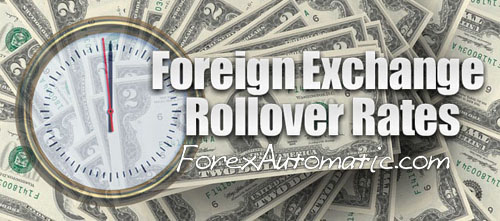
Automated trading is an excellent tool for developing strategies based on divergences and convergences between correlated markets. Intermarket analysis is a market-driven branch of technical analysis that studies the price relationships between different asset classes. Essentially, it is a form of macroeconomic analysis that examines the dynamics behind major intermarket correlations observed over the past 50 years.
Introduction to Intermarket Analysis
As global financial markets become more interconnected, new intermarket correlations continue to emerge. Modern financial market analysis should incorporate an intermarket approach to capture these relationships. However, it is important to note that intermarket correlations are not static — they evolve over time in response to changes in the macroeconomic environment. Inflation and interest rates are key drivers behind shifts in these relationships. Intermarket linkages tend to strengthen significantly during periods of financial crisis.
The Important Role of Interest Rates
Interest rates, closely tied to inflation, play a crucial role across all financial markets. To illustrate how intermarket relationships contribute to a macroeconomic cycle, consider the following example:
An Example of How the Macroeconomic Cycle Works
-
The Federal Reserve (FED) unexpectedly lowers interest rates, which immediately weakens the US dollar exchange rate.
-
A weaker dollar boosts commodity prices.
-
Rising commodity prices push inflation higher.
-
Higher inflation forces the FED to raise interest rates — marking the middle phase of the cycle.
-
As interest rates rise, bond prices and stocks tend to fall. Investment projects are postponed, consumption declines, and unemployment rises.
-
Higher interest rates also strengthen the dollar exchange rate.
-
As the dollar strengthens, commodity prices decline.
-
Inflation diminishes, prompting the central bank to consider lowering interest rates again.
At this point, the macroeconomic cycle completes and may begin anew.





 Different currencies have varying interest rates, and the rollover rate is a method used to balance these differences. The rollover rate, also known as the Forex swap rate, is the net interest earned or paid on any position held overnight. It can either be positive or negative, affecting the trader’s account balance accordingly.
Different currencies have varying interest rates, and the rollover rate is a method used to balance these differences. The rollover rate, also known as the Forex swap rate, is the net interest earned or paid on any position held overnight. It can either be positive or negative, affecting the trader’s account balance accordingly.